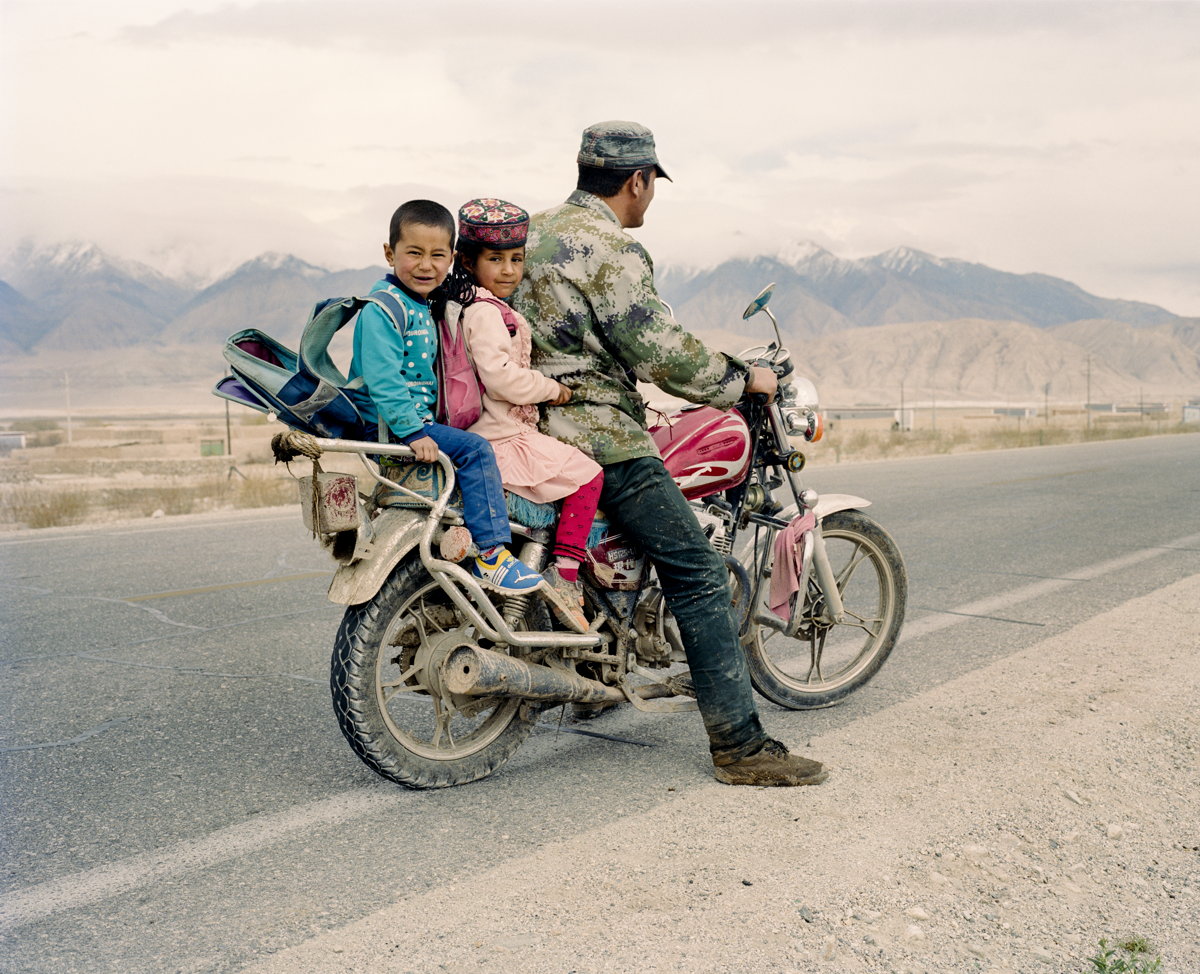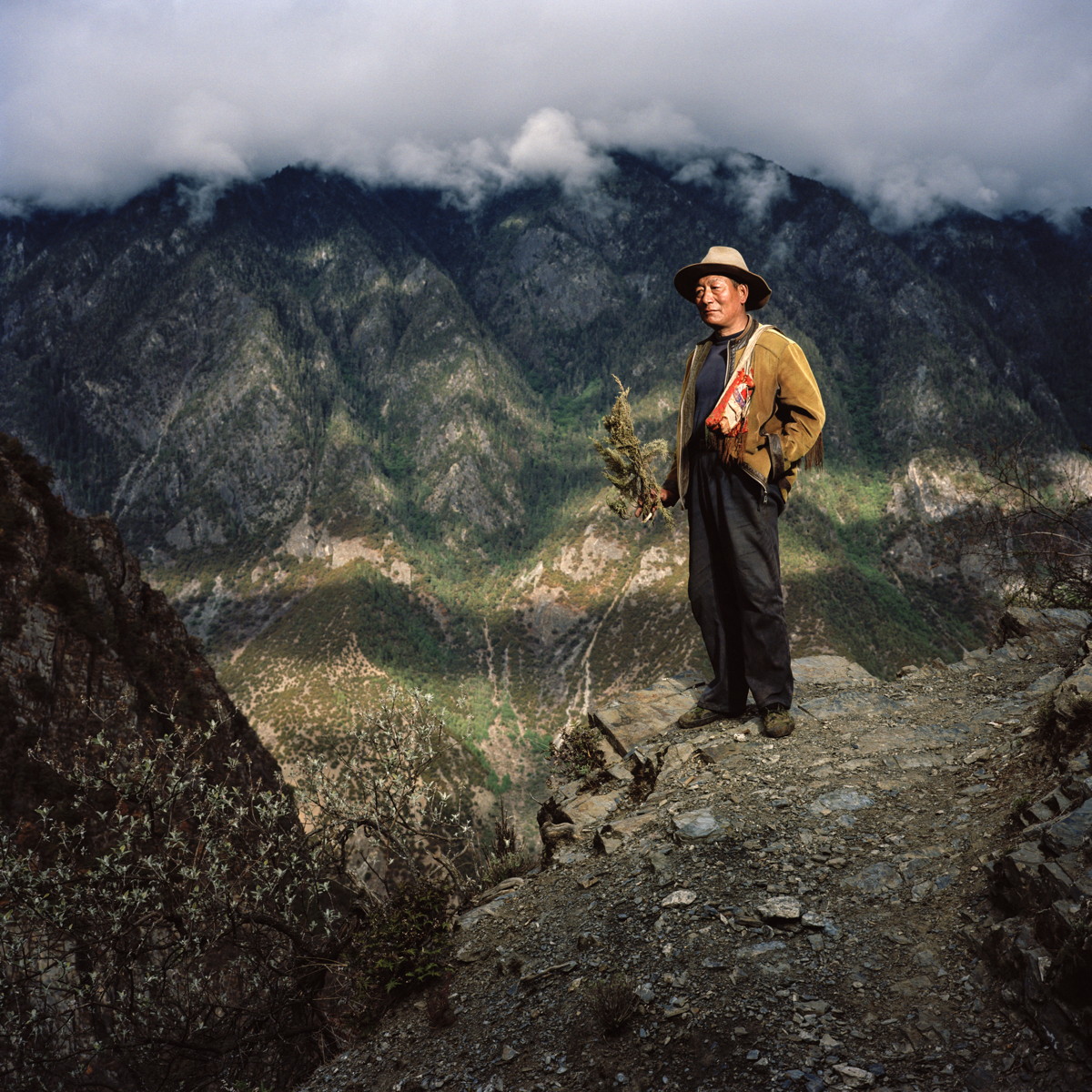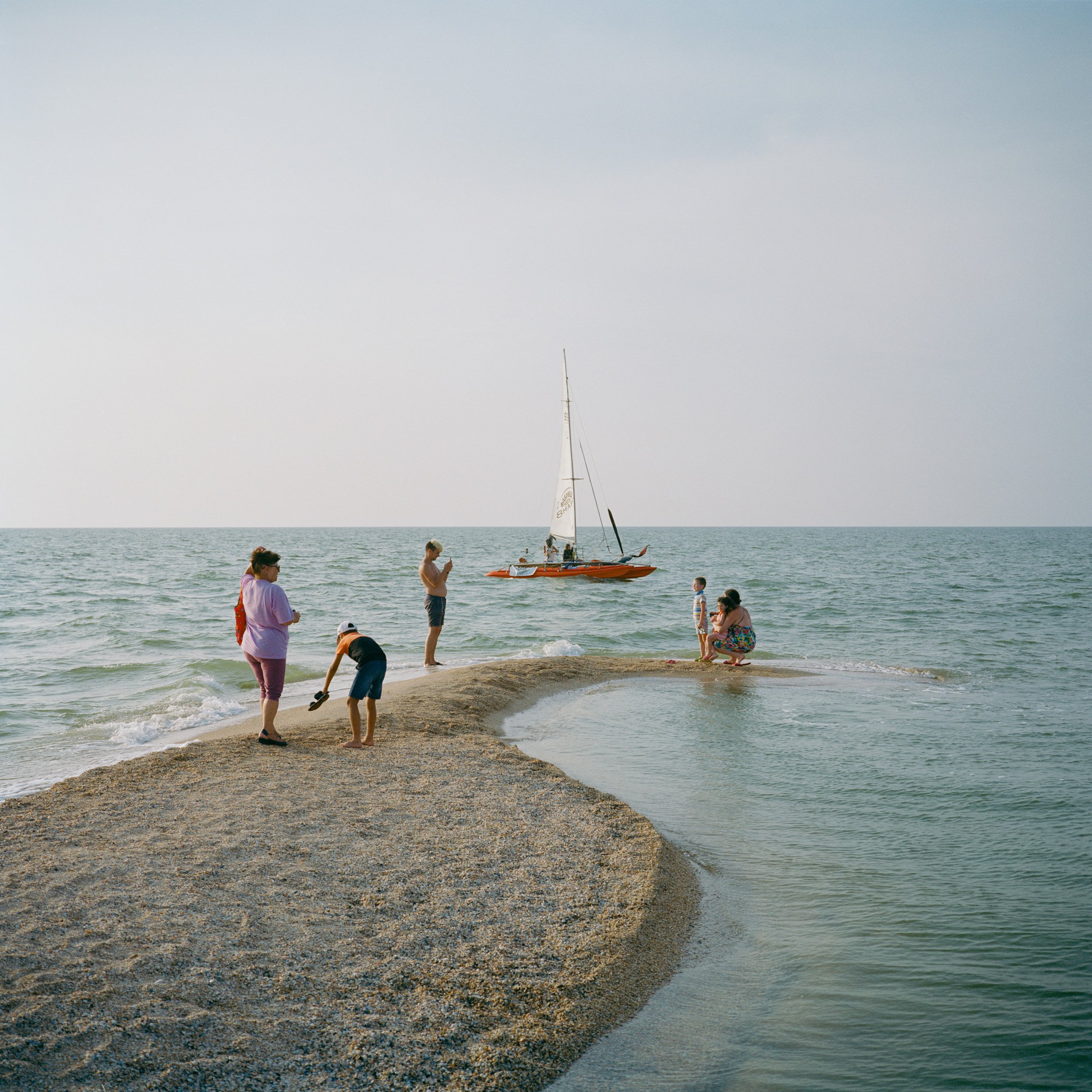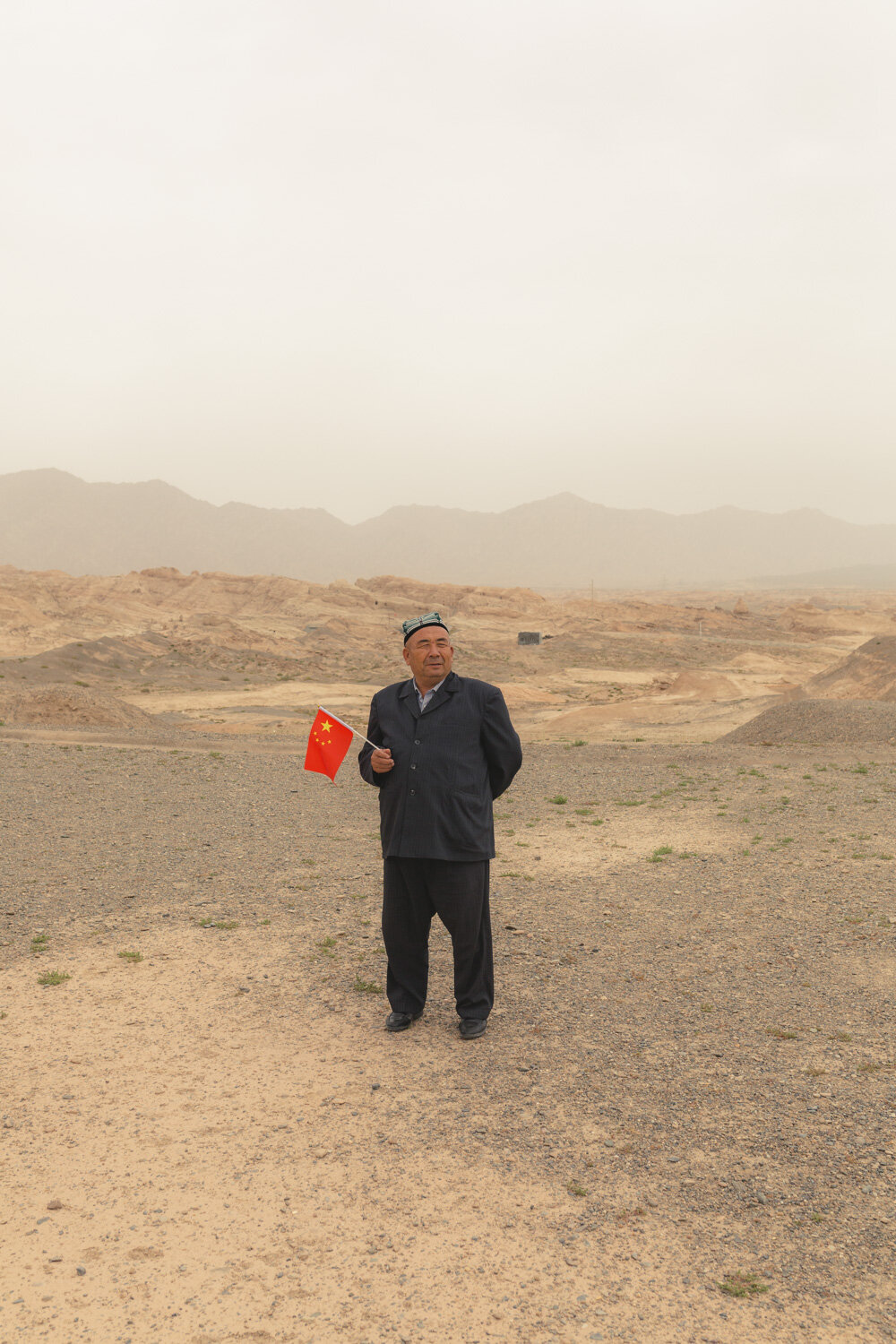












































Azov Horizons
The Sea of Azov appeared to me in a flash of light. It is that very special light, soft and colourful, that guided my first steps on the shores of this little sister of the Black Sea, to which I have returned every summer since 2019. It was these gradations of horizons, colliding with our visual imagination of these regions, that I promised myself I would photograph, year after year in Ukraine and Russia, like a formal thread guiding my steps. But this summer narrative, which I had hoped would be filled with light, is also the chronicle of a world on the brink of disappearing, consumed by the war that would soon break out.
In 2019, the region was already a zone of intense friction. Fighting had raged for five years in the Donbass, the Crimea had been annexed, and the Sea of Azov was de facto occupied by the Russian navy. The visual softness I found on these peaceful shores contrasted eerily with the rising evil. A world was on the brink of history. This is the fundamental ambiguity that this series conveys: that beneath the beach lies fury and shattering shells. It has been three years since Ukraine lost its Azov horizons. Few Ukrainians still harbour the hope of ever seeing them again.
Influenced by the American tradition of Road Photography, the series favours detours and wanderings, rather than a journalistic approach, in order to give the narrative reins to the territory and its peculiarities rather than proffering them to the event. This narrative is constructed according to the rhythm of long annual stays that allow the time of the history to unfold in all its complexity. The images draw our attention to the roots and visible traces of the war; they are the backstage of an inconceivable horror unfolding on European soil. I hope they whisper into our collective consciousness that what we take for granted is not immutable. There are still many journeys ahead: I can no longer imagine a summer without Ukraine.






